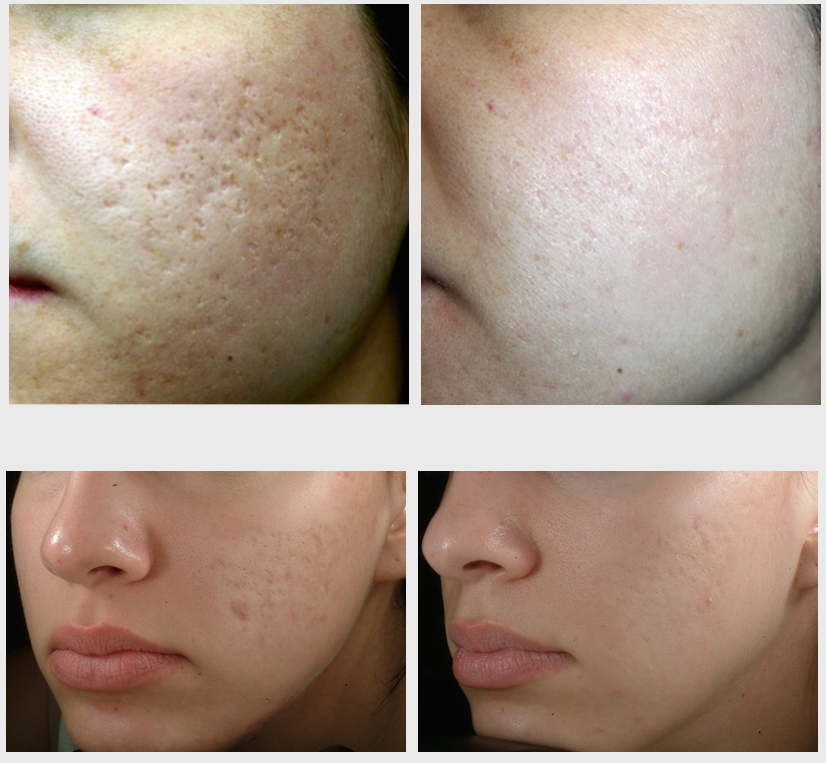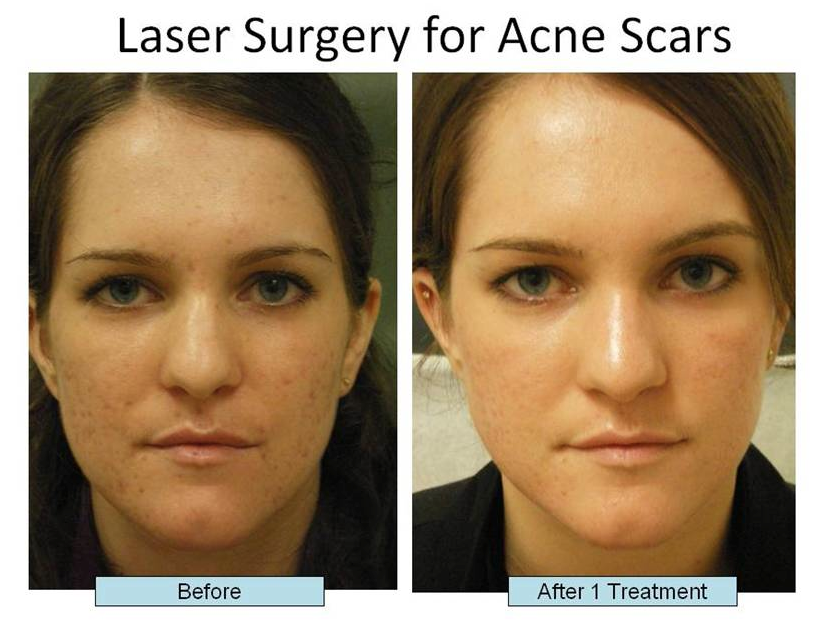Checking Out Skin Problems: Dealing With and recognizing Acne Scars for Healthier Skin
Acne scars represent a substantial issue for people seeking to preserve healthy and balanced skin, as they can affect both appearance and self-worth. Understanding the different kinds of scars, from atrophic to hypertrophic, is necessary for identifying ideal treatment alternatives. While professional treatments like chemical peels and microneedling can be effective, the value of personalized care strategies can not be overstated. Preventative procedures play an important function in lessening future scarring. As we discover these elements, one need to think about exactly how the ideal technique can cause transformative results.
Understanding Acne Marks

The body's all-natural healing procedure can cause either atrophic scars, which look like clinical depressions in the skin, or hypertrophic scars, which are increased and arise from overflow of collagen. In addition, the mental toll of acne marks should not be ignored; several people report feelings of humiliation, anxiousness, and decreased self-esteem. This emotional problem can influence social interactions and overall lifestyle.
Resolving acne marks requires an extensive understanding of their formation and effect. Recognition of the potential for long-term consequences connected with without treatment marks can encourage people to look for ideal treatments. Early intervention and efficient administration methods can dramatically improve skin appearance and improve mental strength, stressing the importance of recognizing the intricacies bordering acne marks.
Types of Acne Scars
Acne scars can be classified into distinctive kinds, each displaying one-of-a-kind features and needing particular treatment methods. acne and acne scars treatment. The primary sorts of acne scars consist of atrophic, hypertrophic, and keloid scars

Hypertrophic marks, in contrast, are raised above the skin degree and are the result of too much collagen production during the healing procedure. They typically continue to be within the boundaries of the initial acne lesion. Keloid marks are comparable but extend beyond the original injury site, creating larger, increased locations that can be agonizing or itchy.
Recognizing these kinds of marks is important for picking appropriate therapy options. Various marks might react far better to specific therapies, such as laser therapies, fillers, or surgical treatments, emphasizing the significance of a tailored method to acne mark administration.
Determining Your Marks
When reviewing the appearance of your skin, it is critical to properly recognize the type of scars present, as this will educate the most efficient therapy strategy. Acne scars normally come under two categories: atrophic and hypertrophic marks. Atrophic marks, which are one of the most usual, look like clinical depressions or imprints on the skin. These can even more be categorized into ice-pick marks, boxcar marks, and rolling scars, each showing distinctive features and calling for various methods for analysis.
Hypertrophic scars, on the other hand, are elevated and happen because of too much collagen production throughout the healing procedure. Acknowledging the specific attributes of your marks-- such as depth, width, and appearance-- is vital for proper identification (acne scars). Furthermore, consider the circulation of scars across your skin, as this can indicate the extent and duration of the acne problem
Engaging with a skin specialist can offer useful insights right into the nature of your scars, helping in the differentiation between different types. A comprehensive understanding of your scars will eventually bring about a much more tailored and reliable therapy strategy, guaranteeing a clearer and much healthier complexion.
Treatment Options Readily Available
Identifying the certain type of acne scars Get More Information present on your skin prepares for discovering efficient treatment choices. Usual types of acne marks consist of atrophic (depressed), hypertrophic (increased), and post-inflammatory erythema.
For atrophic scars, alternatives such as chemical peels, microneedling, and laser resurfacing are commonly made use of. Chemical peels utilize acids to remove the outer layer of skin, promoting brand-new cell development. Microneedling involves small needles that create micro-injuries, boosting collagen production. Laser resurfacing targets damaged skin cells, boosting appearance and tone.
Hypertrophic marks can be treated with corticosteroid shots to squash the mark or laser therapy to lower redness and enhance look. Silicone gel sheets and stress dressings may additionally assist in taking care of raised scars.
Furthermore, facial fillers can briefly complete depressions from atrophic marks, while medical excision might be suitable for extreme cases. Each therapy alternative has its factors to consider my website and advantages, making it important to speak with a dermatologist. They can give tailored recommendations based on the kind and seriousness of your scars, as well as your skin kind and total health and wellness.
Tips for Avoidance
Reliable avoidance techniques can considerably minimize the likelihood of establishing acne scars. Making use of non-comedogenic items assists stop clogged up pores, which can worsen acne.
Staying clear of the desire to choose or stand out acne sores is important, as this can result in deeper skin damage and boost the risk of scarring. Rather, consider making use of a cool compress or over-the-counter treatments to minimize swelling and redness.
Sunlight protection is another important aspect of prevention; ultraviolet (UV) rays can darken marks and prevent the healing process. Using a broad-spectrum sunscreen with at the very least SPF 30 daily can secure the skin and promote even recovery.
Lastly, maintaining a balanced diet regimen rich in recommended you read antioxidants, minerals, and vitamins supports skin wellness and recovery. Staying hydrated and managing anxiety degrees can also play a substantial function in lowering acne flare-ups. By executing these strategies, individuals can dramatically minimize their possibilities of establishing acne marks.
Conclusion
In conclusion, understanding and recognizing acne scars is necessary for effective therapy and attaining healthier skin. Numerous types of acne marks, consisting of atrophic and hypertrophic scars, demand particular treatments tailored to private requirements.
The body's natural recovery procedure can result in either atrophic scars, which appear as depressions in the skin, or hypertrophic marks, which are increased and result from overproduction of collagen. They are more split right into 3 subtypes: ice choice scars, boxcar scars, and rolling scars. Acne scars generally fall into two classifications: hypertrophic and atrophic marks. These can further be classified into ice-pick scars, boxcar marks, and rolling scars, each displaying distinctive features and requiring various methods for analysis.
Various types of acne marks, consisting of hypertrophic and atrophic scars, necessitate specific treatments tailored to individual needs.